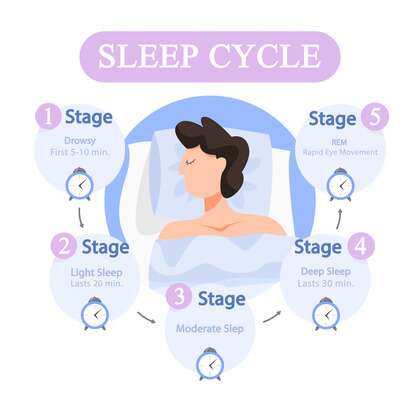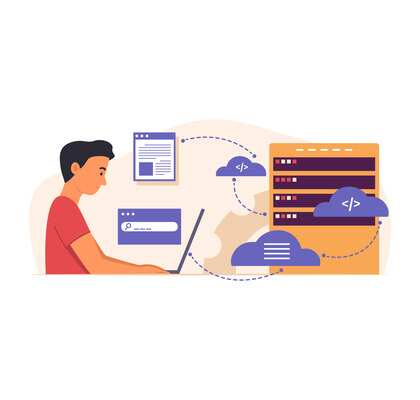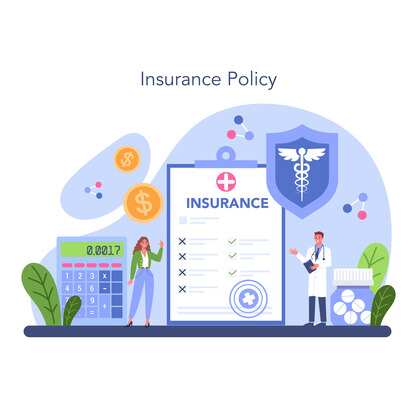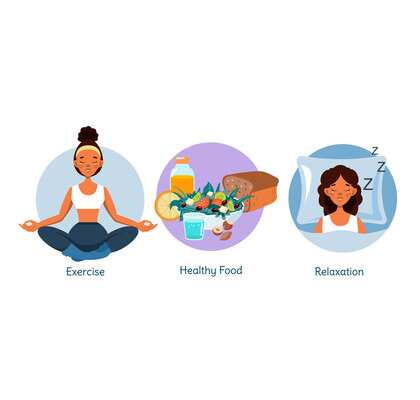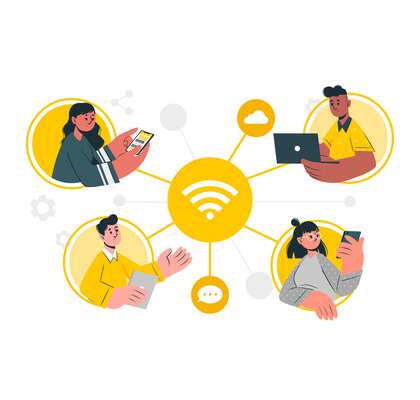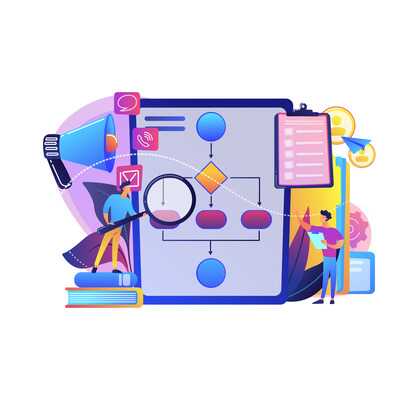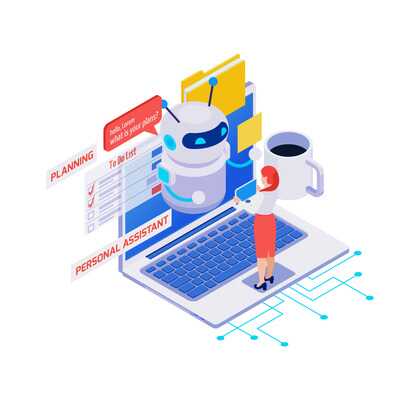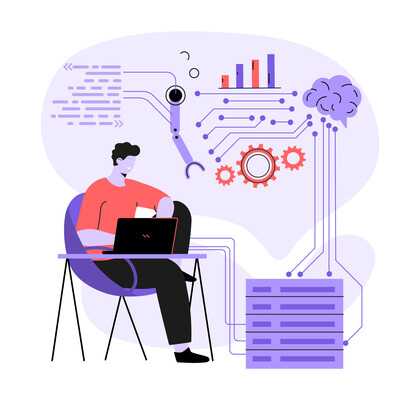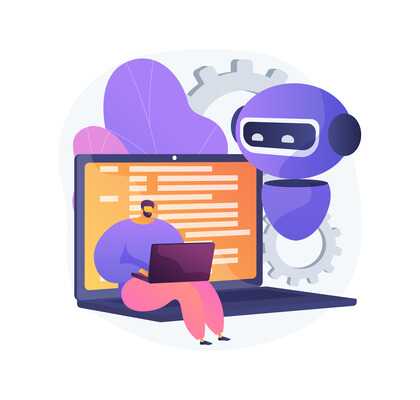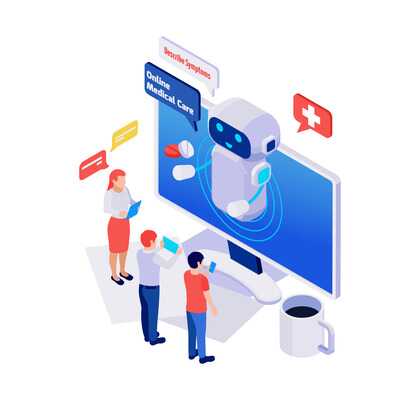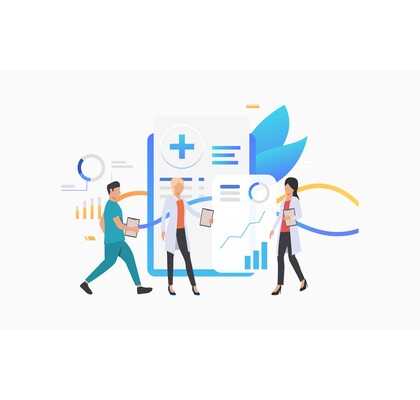AI Toolbox for Engineers: Cutting-Edge Tools and Techniques
Artificial Intelligence (AI) has revolutionized various industries, and engineering is no exception. As engineers strive to develop innovative solutions and optimize complex systems, they can leverage the power of AI to enhance their work. In this article, we will explore the essential tools and cutting-edge techniques that make up the AI toolbox for engineers, enabling them to tackle challenging problems with efficiency and effectiveness. With the rapid advancements in AI technology, engineers now have access to a vast array of tools and techniques that can augment their problem-solving capabilities. These AI tools empower engineers to analyze large datasets, build predictive models, optimize processes, and much more. By harnessing the power of AI, engineers can streamline their workflows, accelerate decision-making, and unlock new possibilities for innovation. Before delving into the specific tools and techniques, let’s first understand what an AI toolbox entails. An AI toolbox refers to a collection of software frameworks, libraries, and algorithms that facilitate the development and deployment of AI applications. It provides engineers with the necessary resources to implement AI solutions, regardless of their level of expertise in machine learning and data science. Machine learning lies at the core of many AI applications, and engineers heavily rely on machine learning libraries to build robust models. Libraries such as scikit-learn, TensorFlow, and PyTorch offer a wide range of algorithms and functionalities for tasks like regression, classification, clustering, and more. These libraries provide pre-implemented algorithms, simplifying the implementation process and reducing the need for manual coding. Neural networks are a key component of deep learning, a subset of machine learning that excels in handling complex patterns and unstructured data. Frameworks like Keras, TensorFlow, and Caffe allow engineers to design, train, and deploy neural networks efficiently. These frameworks provide high-level abstractions, making it easier for engineers to construct intricate architectures and optimize model performance. Data visualization plays a vital role in understanding complex datasets and conveying insights effectively. Tools like Matplotlib, Plotly, and Tableau enable engineers to create visually appealing charts, graphs, and interactive visualizations. By visualizing data, engineers can identify patterns, anomalies, and trends, aiding in decision-making and problem-solving. Natural Language Processing (NLP) tools are invaluable for engineers working with textual data. Libraries like NLTK, SpaCy, and Gensim provide a wide range of functionalities, including text preprocessing, sentiment analysis, named entity recognition, and language translation. With these tools, engineers can extract meaningful information from text, enabling them to build sophisticated NLP applications. While the essential tools mentioned earlier form the foundation of an AI toolbox, engineers can also leverage advanced techniques to tackle more complex problems. Let’s explore some of these cutting-edge techniques. Reinforcement learning is a branch of machine learning that focuses on training agents to make sequential decisions through trial and error. Engineers can utilize reinforcement learning algorithms like Q-learning and Deep Q-Networks to optimize systems, control robots, and develop autonomous agents that learn from their environment. Generative Adversarial Networks (GANs) are a powerful class of neural networks that can generate realistic data by pitting a generator network against a discriminator network. Engineers can employ GANs to create synthetic data for training models, generate realistic images, enhance data augmentation techniques, and even simulate real-world scenarios. Transfer learning enables engineers to leverage pre-trained models and adapt them to new, related tasks with limited labeled data. By utilizing the knowledge learned from vast datasets, engineers can fine-tune models using transfer learning frameworks such as TensorFlow Hub and PyTorch Hub. This technique significantly reduces the time and computational resources required to build effective models. The integration of AI tools in the engineering workflow brings numerous benefits. These tools empower engineers to automate repetitive tasks, reduce manual errors, and optimize complex processes. By leveraging AI, engineers can accelerate prototyping, perform advanced simulations, predict system behavior, and enable data-driven decision-making. The AI toolbox acts as a force multiplier, amplifying the capabilities of engineers and enabling them to tackle challenges efficiently.
Artificial intelligence is the science of making machines do things that would require intelligence if done by humans.
– Marvin Minsky Case Studies To understand the practical application of the AI toolbox, let’s explore a few case studies where engineers have successfully utilized AI tools and techniques to solve real-world problems. In each of these case studies, engineers have harnessed the power of AI to improve efficiency, reduce costs, and enhance overall performance. The AI toolbox equips engineers with a wide range of tools and techniques that enable them to leverage the power of AI in their work. From machine learning libraries and neural network frameworks to advanced techniques like reinforcement learning and GANs, these tools provide engineers with the means to tackle complex problems, optimize processes, and drive innovation. By integrating AI into their workflows, engineers can unlock new possibilities and achieve breakthrough results in their respective domains.Introduction
What is an AI Toolbox?
Essential Tools for Engineers
Machine Learning Libraries
Neural Network Frameworks
Data Visualization Tools
Natural Language Processing Libraries
Advanced Techniques for Engineers
Reinforcement Learning
Generative Adversarial Networks
Transfer Learning
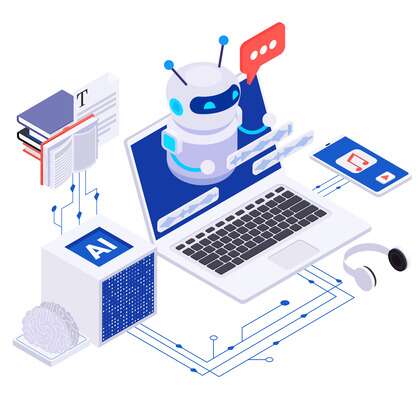


How AI Tools Improve Engineering Workflow
Conclusion




